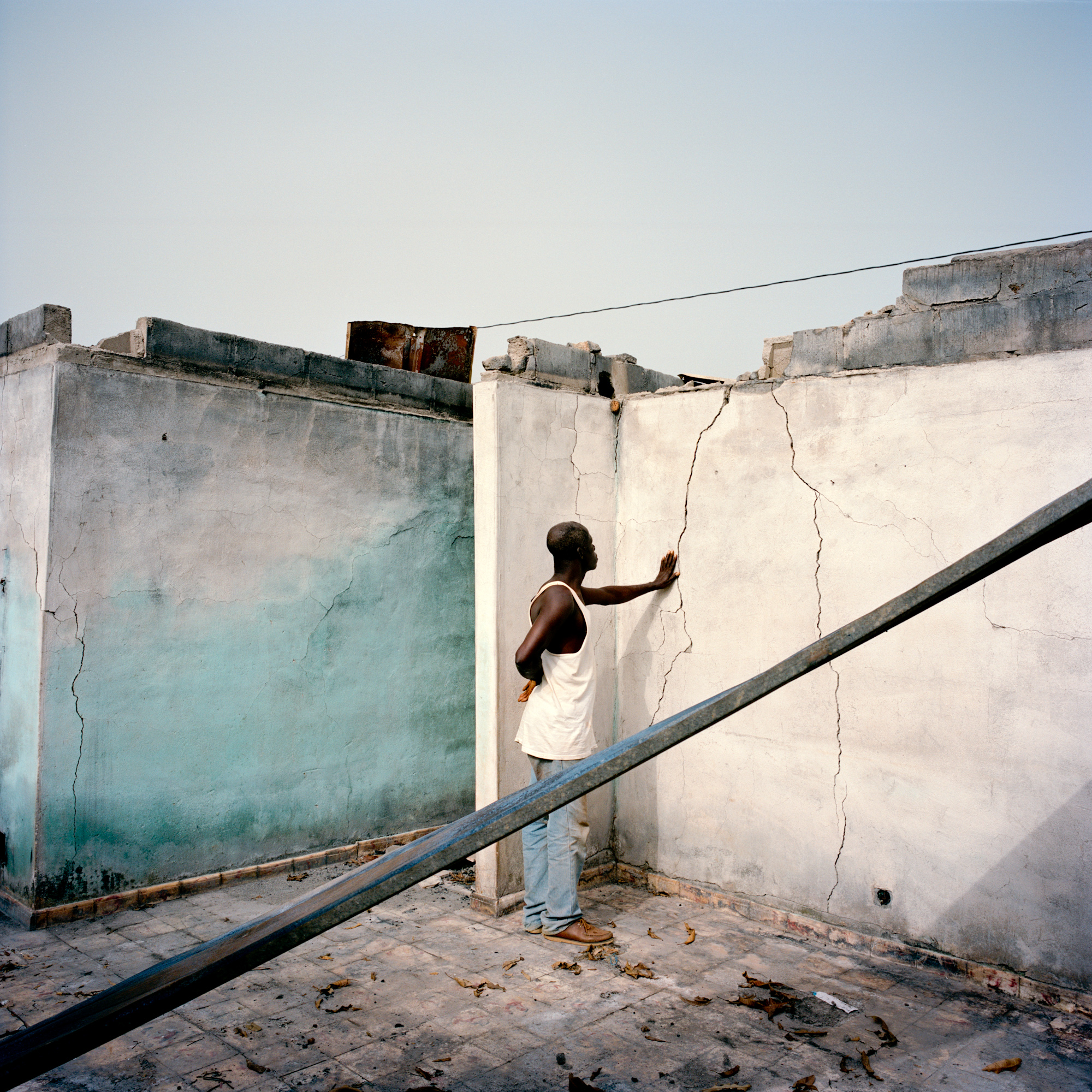
Cocoa may not reign supreme for long. Ivory Coast is the planet's largest producer, last year putting out a record 1.5 million tons, just under half of the world's crop. But rubber is now coming on strong in the country, and we saw surprising evidence that it may not be long before rubber overtakes cocoa as king of Ivory Coast's economy.
Vast swaths of forest have been cleared around the port city of San Pedro to make way for young rubber trees, which are planted in perfect rows and start producing at about seven years of age. Just north of town we spent a morning with Youkou Gnagbi, a 58-year-old planter who has four hectares of farmland. Nearly all of it used to be cocoa and coffee, but he's been slowly converting all his acreage to rubber.
"I still have some cocoa, but I've been mixing rubber trees in with it," he told me. In a few more years, once those rubber trees have matured, he'll cut down the rest of his cocoa. His coffee trees are long gone. "Rubber produces more than cocoa or coffee, and the work is easier," he said. "Soon rubber will replace cocoa country-wide."
It was a theme we were to hear all over the west. In Ivory Coast cocoa is harvested about six months of each year. Rubber brings about the same price per kilo to the farmer, but it produces 10 months of the year. And if rubber plantations are well-maintained, the trees can produce for many years more than coffee or cocoa trees, which give out after around 25 years.
Gnagbi is busy passing along his rubber knowledge to his sons and nephews, who followed along as we took a tour of his plantation. The rubber trees all swayed slightly to the south, reflecting the prevailing wind patterns in the area. Each tree had a black plastic cup affixed to its side a few feet off the ground, and a young man who worked as a tree bleeder went from tree to tree, cutting diagonal lines into each tree's bark. At a quick glance it could have been a grove of maple trees in Vermont, tapped for syrup. A milky sap ran down into the cups, where it would be left to solidify over the course of three days before being gathered in piles of baseball-sized plugs of pure rubber to be sold to local processing plants.
I bent down to pick up a plug that lay at the base of one of the trees, but all the men around me shouted a warning: "Don't touch it—it stinks!"
I dropped the plug and smelled by fingers. The stench was quite bad, but there was a faint hint of the smell of a new car tire in it. The man walking next to me flashed a gap-toothed smile when he saw my reaction.
"It really does stink," I said.
"Yes," he said. "But it smells like money."





